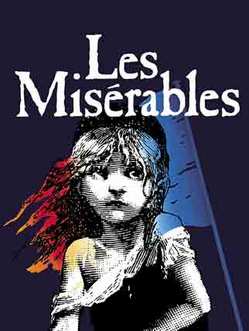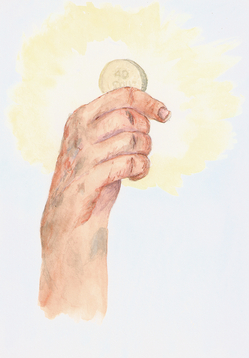This Week's Recommended Read: "Les Miserables"

If only I could rate Hugo's masterpiece 12 stars out of 10 — it is just that good!

It is difficult to condense the wonders of “Les Miserables” into a single article — this story has it all: love, redemption, revolution, good versus evil and much more. We first meet the Bishop of Digne, who, with his spiritual profundity and ethereal grace, is able to resurrect the goodness in paroled criminal Jean Valjean. Valjean, having been imprisoned many years for stealing a loaf of bread to feed his impoverished brood of nieces and nephews, had a hardened heart. Having been wronged by society, he felt that he owed nothing to it. A chance encounter with the Bishop set him on a new path.
Jean Valjean, under a false name, rises to industrial power and eventually mayorship of a quaint town. In his new role, he meets Fantine, a woman spurned by her lover, enduring remedial labor and even prostitution in order to earn money to send to the aid of her daughter. Jean Valjean makes a promise to the ailing Fantine that he will find her daughter, Cosette, and take care of her.

"I was moved by Valjean's epiphanic realization of his own potential for change after having stolen a 40 sou piece from Petit Gervais, a street urchin. His attempt to return the coin never successful, Valjean keeps it as a reminder of his vow to live a better life and become a better human." -Antonia Maurici, freelance illustrator
Cosette, having been entrusted by Fantine to those she wrongly took to be good honest people, is little more than a servant girl to the Thenardiers. The couple had been charging Fantine with false expenses for Cosette’s care and pocketing the sum, while Cosette shivered in rags on the verge of starvation. Jean Valjean comes to Cosette’s rescue, offering the avaricious Thenardiers a large sum for her adoption.
This whole time, Jean Valjean is being relentlessly pursued by Police Inspector Javert. From the time that Javert uncovers Valjean’s false identity as mayor, Javert is never far off-track, keeping Valjean on his toes. And all of this described above only brushes the surface of “Les Mis” — this is only the first half of the story!
You may like this book if… you enjoy meeting very real characters, you like the contrast of noble and deplorable types, you enjoy learning history or philosophy alongside the main plot line, you like pouring over moral issues, you do not believe in the absoluteness of societal roles and labels, you believe that good things (or people) can come from bad situations, you want to read an enjoyable story coupled with layer-upon-layer of deeper themes, you like a little intrigue, a little mystery, you are fascinated by Waterloo, nuns, Argot or the 19th century Paris sewer system
You may not like this book if… you simply do not have the time to commit to such a long read—that’s really the only reason I can think of for not loving this book (if only I could give in 12 out of 10 stars).
Be sure to look for "This Week's Recommended Read" by Melissa LR Handa every Saturday online and Sunday in the AnnArbor.com print edition!
Melissa LR Handa is the founder and organizer for the Ann Arbor Classics Book Group and the lead books contributor for AnnArbor.com. If you would like more information or to join the group, please feel free to send an e-mail her way.
Antonia Maurici is a freelance illustrator and an avid reader. She has combined her literary enthusiasm with her technical skill to produce this illustrative depiction of "Les Miserables." Antonia can be reached at amaurici@earthlink.net. Be sure to look for more illustrations by Antonia accompanying upcoming articles written by Melissa LR Handa.

